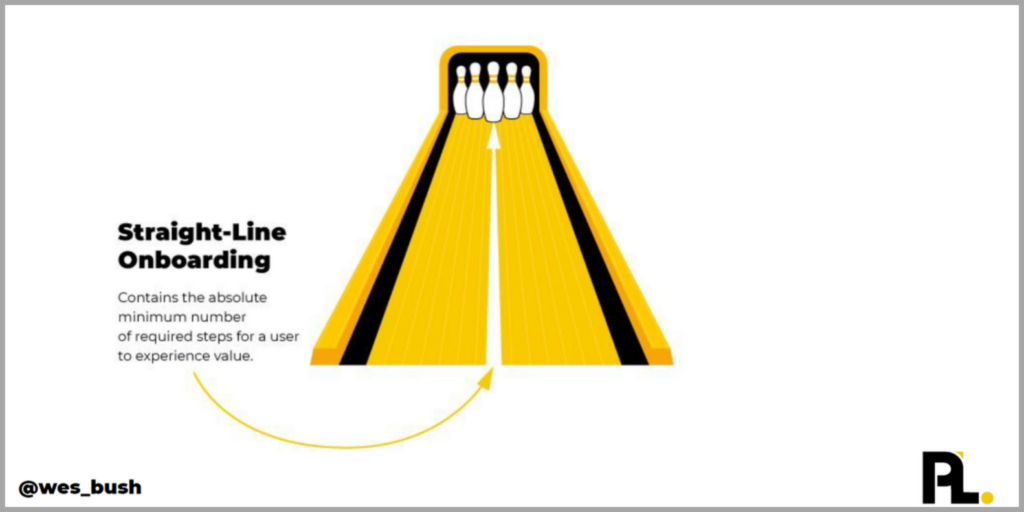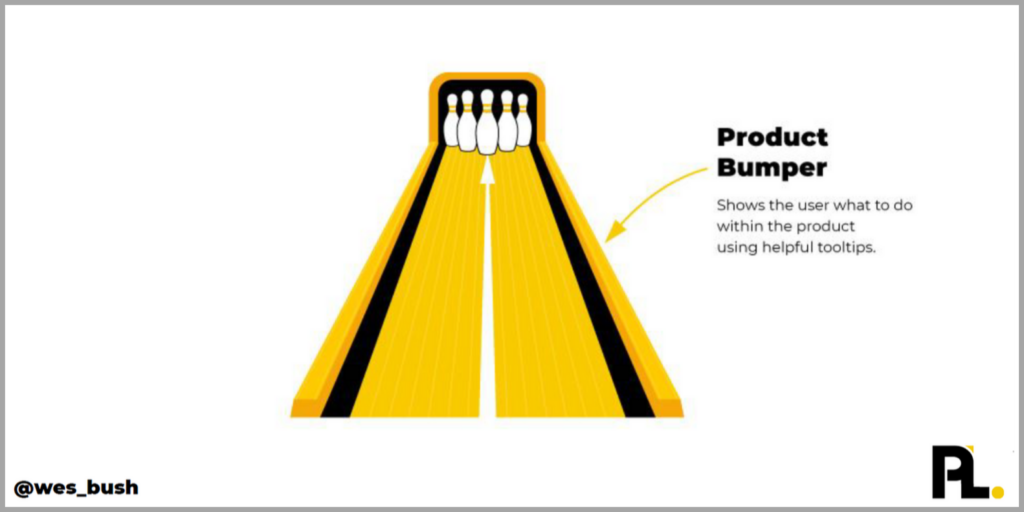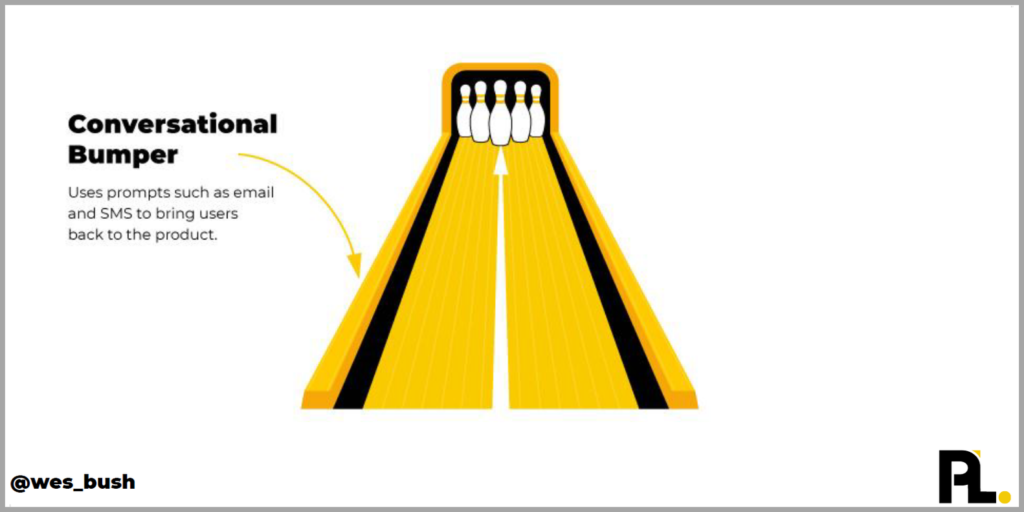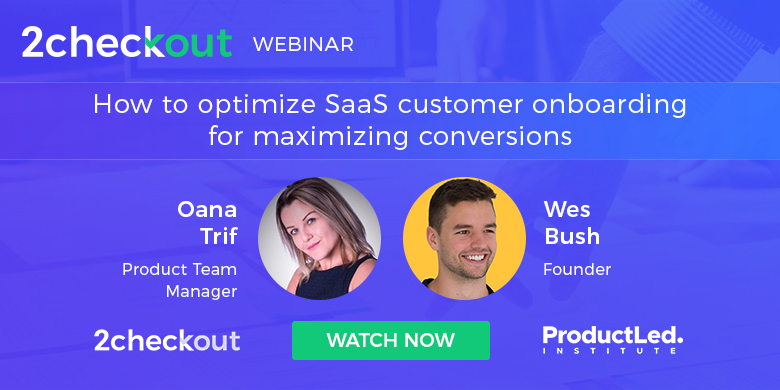Many online businesses think that the sales process ends when the customer signs on the dotted line, but it’s increasingly clear that strategic onboarding of those new users is just as vital when it comes to turning them into loyal customers.
I had the pleasure to recently host a webinar with Wes Bush, founder of the Product-Led Institute, who shared with the audience how to create a powerful onboarding experience for clients and thus turn them into happy, long-term paying customers.
Wes introduced us to what he calls the “Bowling Alley Framework”, a very easy-to-follow approach that will change the way you think about onboarding. In essence, this framework sets guidelines for three areas that you need to take into consideration when optimizing the onboarding experience: process flow, product guidelines, and conversational touchpoints. Wes peppered his theory with specific examples of how this framework can be carried out:
- Aim for Straight-line Onboarding (picture the bowling ball making an unimpeded beeline for the pins for a strike). Make the visitor journey to their goal and outcome as quick and easy as possible, not just signing up for your product, but getting the results they need.

Wes points out that 40 to 60% of customers never use the product after signing up and simply drop off. How to prevent this?
1) Map out the onboarding path,
2) Label every checkpoint as either absolutely necessary (“green light”), necessary but perhaps later in the process (“yellow light”), or not necessary (“red light”).
3) Use only the absolutely necessary checkpoints as your “straight line to the pins.”
Even removing one extra step from the initial onboarding (like letting them activate their email later, for instance) can lead to a 20% boost in monthly recurring revenue.
- Supply a Product Bumper (picture one of the side gutters that you want to avoid with your bowling ball). Take the time to set up the processes that will gradually and naturally introduce your user to your product, in manageable and memorable small increments. Supply product tours or include visual tutorials in your app/platform; feature a progress bar that shows your customers how far they are in the onboarding process; include checklists of what the users need to do to reach their desired outcome; and onboarding tool-tips that map out the way. These touchpoints usually occur within your product (on site/ in-app), they are fully automated, and, if done right, they can give the user a first hands-on, positive experience with your product. Don’t be afraid to flatter and encourage the user with each new progress down the product bumper: “You’ve exported your first visual, kudos Mr. Designer!”, “Your first mass-mailing campaign has been sent out, High-five!”

- Make the most of a Conversational Bumper (the other side gutter), taking every opportunity to reach out to the user and engage her, in keeping your brand and product as salient as possible in her mind. These touchpoints are automated, manual or a mix of the two and can include: user onboarding emails, in-app messages, and sales outreach. Send a welcome email and follow up with a usage tip email that triggers users to maximize your product in unexpected ways. Sharing case studies of successful customers via another email can convince free users of the value of a subscription. Send an expiry warning email, while sharing the benefits of upgrading. Stick to those points that are of maximum importance to new clients in their first months of usage, finding the right balance between over-communicating and on-and-off sporadic messages, between being relevant and being too pushy/spammy.

Want to learn more about Wes’ Bowling Alley Framework and get tips on how you can improve conversions and revenue? Watch the complete webinar on the 2Checkout website.





